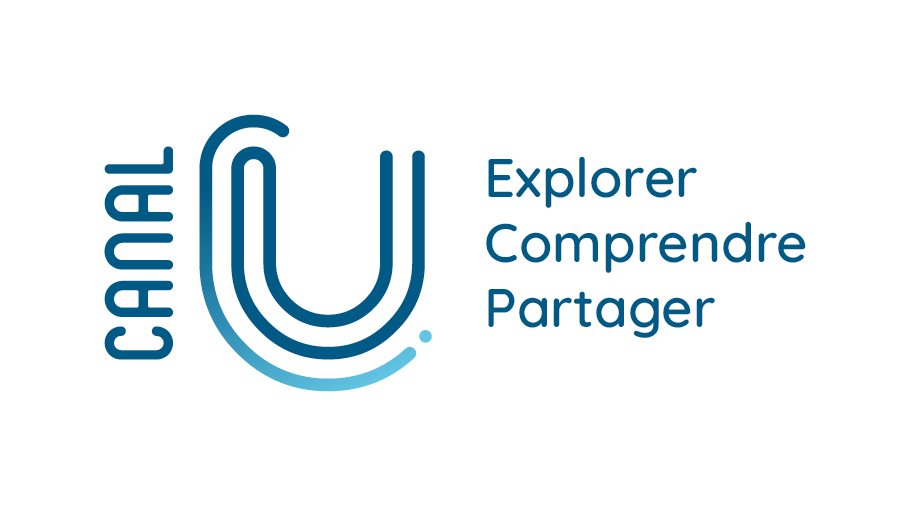
Sommaire
A combined laser microdissection and mass spectrometry method for proteomic analysis of tissue sections for the indentification of tumor signatures
Date de création :
10.11.2015Auteur(s) :
Anne-Aurélie RAYMONDPrésentation
Informations pratiques
Droits réservés à l'éditeur et aux auteurs. Creative Commons (BY NC)
Description de la ressource
Résumé
Clinical and biological samples : opportunities and challenges for translational research A challenge in oncology is to better define the tumor of the patient to study the pathology and of course to find and to use the right treatment. Genetic and transcriptomic analyses allow a cancer classification, and give a lot of informations concerning carcinogenesis. However, the proteomic analysis can complete the genomic analysis and precise the tumor features. With the Frederic Saltel’s group within the INSERM 1053 Unit of Bordeaux, we have already developed a new method of proteomic analysis of subcellular compartments after laser microdissection that has been the object of a patent registration. Resulting from a know-how acquired during the development of this new method, we have developed a procedure combining laser microdissection and mass spectrometry analysis to identify and compare the levels of protein expression between two tissues pieces of formalin fixed paraffin embedded tissue sections. Our approach presents the principal advantage to be compatible with biopsy, the current biological material available for clinical assays. Moreover, with this approach we will obtain quantitative data in comparison with classical immunohistochemistry. Our subject of study in the laboratory is the hepatocellular carcinoma (HCC), the sixth most prevalent cancer and the third most frequent cause of cancer-related death. We already validated our protocol on two cases of HCC and one low-grade dysplastic nodule, one of the earlier stages of liver carcinogenesis. Now, we want to enlarge our analyses on a bigger cohort to compare the proteome of the different stages of liver carcinogenesis. We will use the proteomic data to generate proteomic signatures of each stage of liver carcinogenesis and validate the signatures generated. Finally we will propose a new tool for tumor characterization and biomarkers quantification that can be applicable in clinic. Cette présentation a été donnée dans le cadre du BRIO SIRIC scientific day 3 organisé annuellement par le SIRIC BRIO et qui a pour but de réunir tous les acteurs du SIRIC BRIO et plus largement de la cancérologie à Bordeaux.
"Domaine(s)" et indice(s) Dewey
- Cancer (616.994)
Domaine(s)
- Cancérologie
- Maladies infectieuses, parasitaires et fongiques
- Médecine du sport
- Médecine du travail
- Médecine interne
- Médecine Militaire
- Médecine nucléaire
- Oncologie médicale
- Santé et médical
Intervenants, édition et diffusion
Intervenants
Édition
- Université de Bordeaux - Service Audiovisuel et Multimédia
Diffusion
Document(s) annexe(s)
- Cette ressource fait partie de
Fiche technique
- LOMv1.0
- LOMFRv1.0
- Voir la fiche XML




